Tonight at 10:28 P.M. we will have our March full moon, the last full moon of winter. Full moons throughout the year have names given by early settlers and Native Americans to indicate important seasonal activities…such as a Harvest Moon and Hunter’s Moon.
The March full moon is know as a Worm Moon in the Farmer’s Almanac, for the warming of the soil and emergence of earthworms that herald the return of robins and spring. Also known as a Sap Moon for rising maple tree sap, a Lenten Moon for catholic settlers, and a Crow Moon for the cawing of crows that indicate the end of winter.
Below are photos of the moonrise above the Great Smoky Mountains. The far mountain peak the moon rises over is Mt. Le Conte.
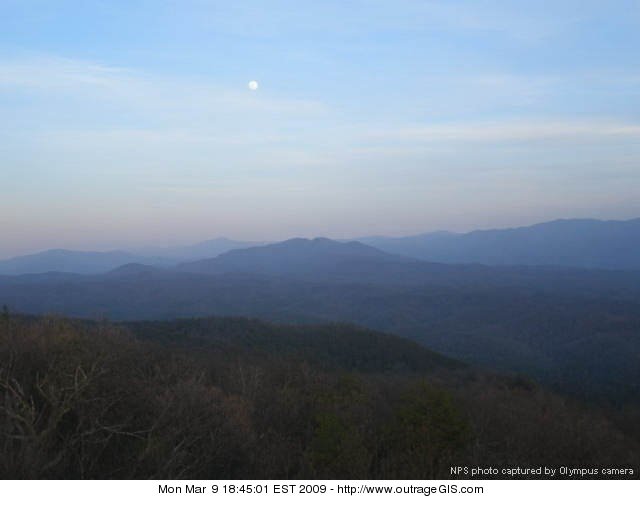

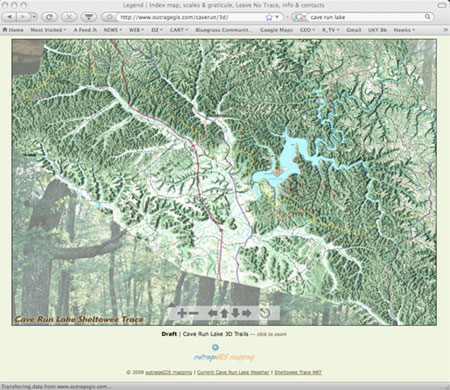

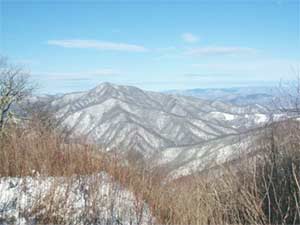
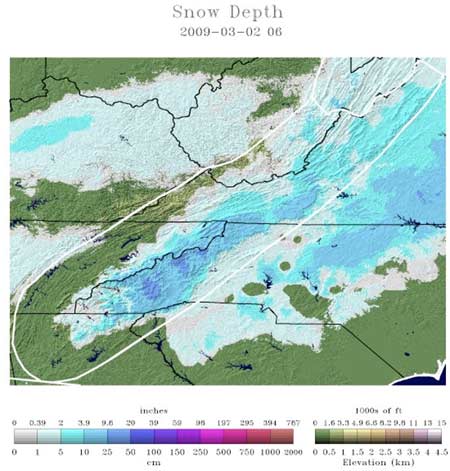
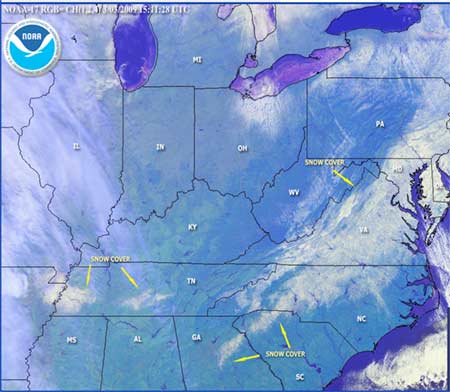
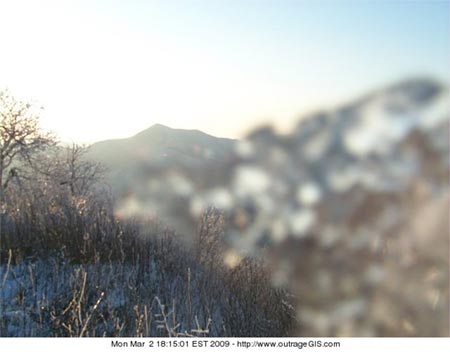
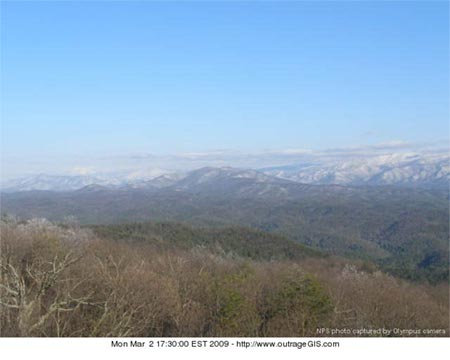
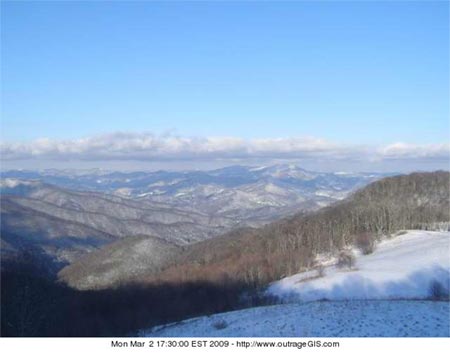
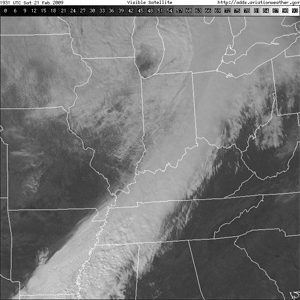
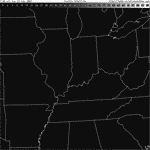
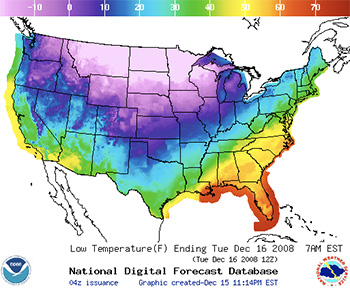 Winter storm warning, Dec 15-16, 2008.
Winter storm warning, Dec 15-16, 2008.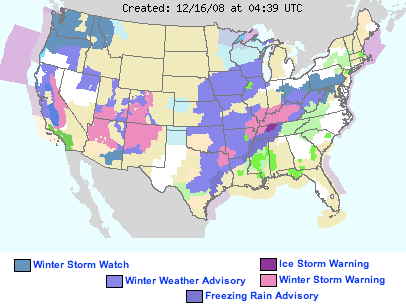
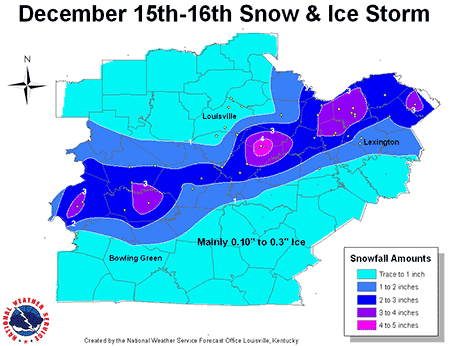
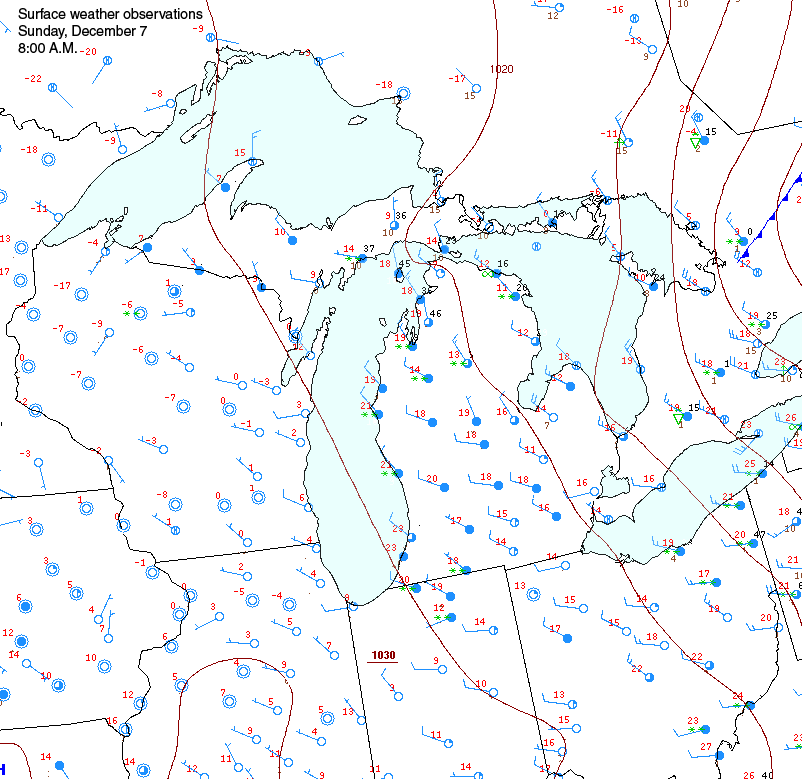
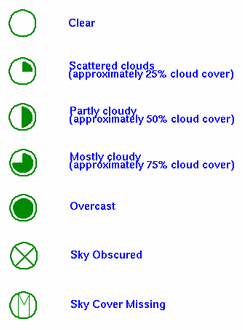
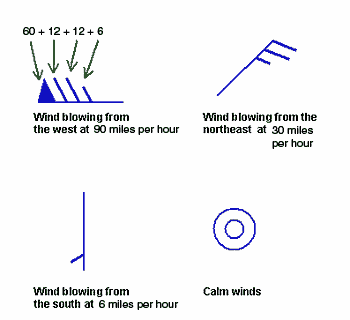
 is reporting that the current temperature is 55 degrees F, the sky is clear, and the winds are blowing from the north at 18 miles per hour.
is reporting that the current temperature is 55 degrees F, the sky is clear, and the winds are blowing from the north at 18 miles per hour. is reporting completely overcast conditons, winds from the north at 24 miles per hour and the temperature is 58 degrees F.
is reporting completely overcast conditons, winds from the north at 24 miles per hour and the temperature is 58 degrees F.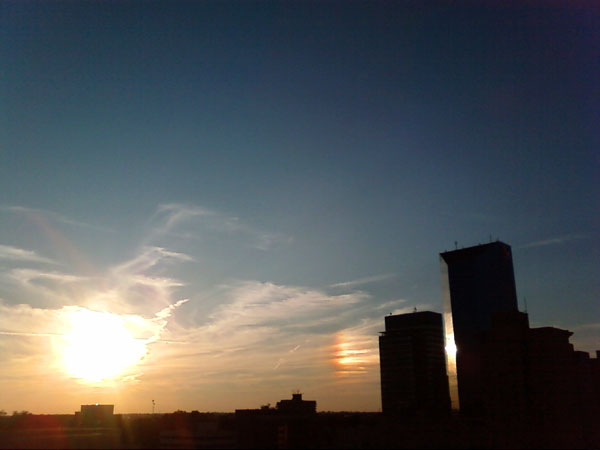
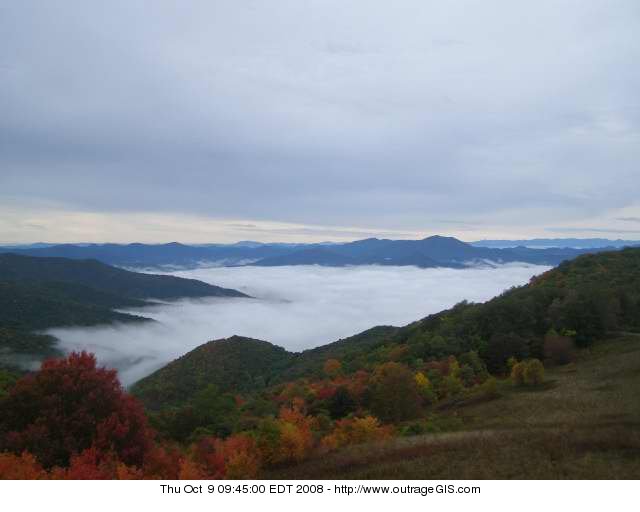

 Pine Mountain Trail Map
Pine Mountain Trail Map


